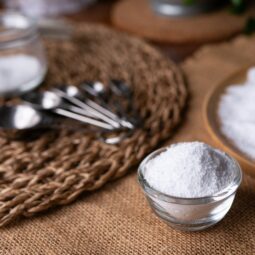
Q: I have heel pain that I think is plantar fasciitis. Can I treat it on my own?
Many people self-diagnose and treat this very common problem. The symptoms are hard to miss: intense pain on the bottom of the heel when you first put weight on your foot in the morning or after a rest. Common home treatments include ice, anti-inflammatories, stretching exercises and massaging the bottom of the foot with a golf ball or tennis ball.
Q: I’ve tried those things and I still have pain. Are there any other options?
Absolutely. Those self-care steps are on the right track, but fine-tuning them with a doctor’s help and adding a few other measures may get you back on your feet faster.
First, you need to understand why the pain is happening. Most often, the calf muscles or Achilles tendons are too tight from a lifetime of not stretching enough. Combine that inflexibility with long hours on your feet, or a new 10,000-steps program, and an over-use injury is likely.
Ice and anti-inflammatories will help relieve the pain and inflammation while we work on fixing the problem.
Next, we consider more supportive shoes, and possibly an orthotic insert. I usually start with good over-the-counter inserts, because they work well for most people and are more affordable than custom orthotics.
Finally, the step that really fixes the problem is physical therapy to fine-tune that stretching program.
Q: What if, after all that, I still have pain?
If pain continues, we can consider a steroid injection in the heel. That’s not a substitute for the other therapies, but it can help some people get over that last bump. Surgery is very rare when you look at how common this problem is.
Q: My x-ray showed a heel spur. Doesn’t that need to be removed?
No. A heel spur is a common after-effect of plantar fasciitis, caused by the pull of the soft tissues on the bone. It’s not the cause of the pain, and the spur doesn’t need to be directly addressed.
Q: Does plantar fasciitis ever go away?
It does. For the vast majority of patients who go through treatment, even without injections, the problem is resolved and the pain goes away. It’s extremely rare for it to become a long-term chronic problem.
Q: How can I keep it from coming back?
Continue the stretching exercises that you learn in physical therapy. Keep wearing good shoes and inserts. Try cross-training, such as alternating your usual walks with yoga or cycling, to reduce the impact on your feet. And if pain does return, go back to ice and anti-inflammatories for a few days until it clears up.
Dr. McClune is a foot and ankle specialist at The Portland Clinic.


